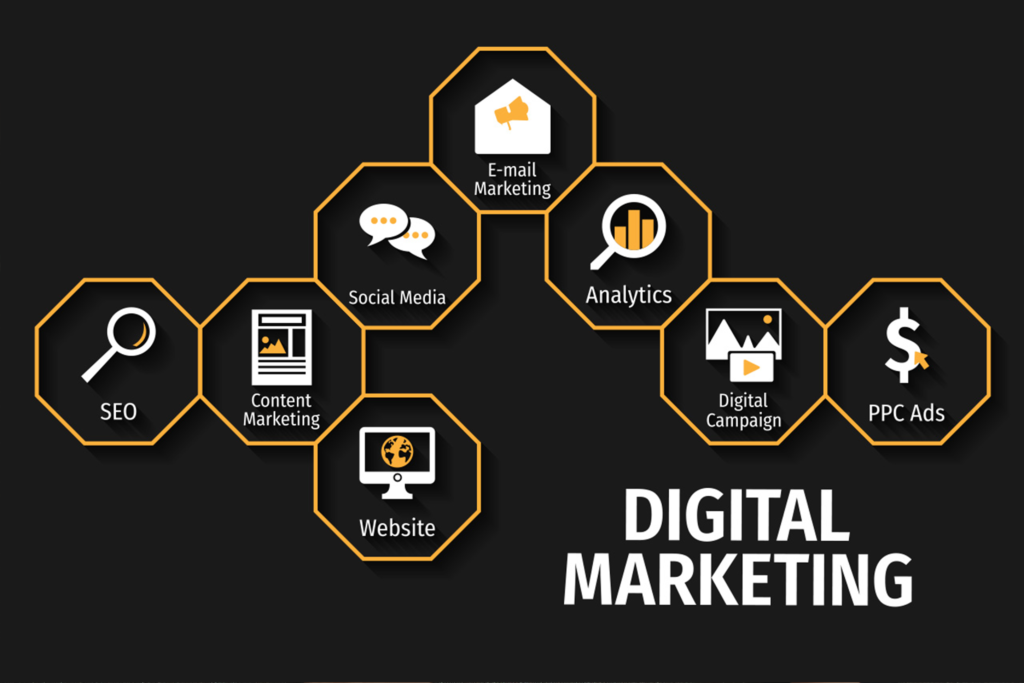In today’s competitive marketplace, effective advertising is essential for businesses looking to attract new customers, increase brand awareness, and drive sales. With the rise of digital advertising platforms, businesses have more opportunities than ever to reach their target audience and deliver targeted, personalized messages that resonate with consumers. In this comprehensive guide, we’ll explore the key principles of ads marketing and provide actionable tips to help you create effective advertising campaigns that drive results.
What is Ads Marketing?
Ads marketing, also known as advertising or paid media, refers to the practice of promoting products, services, or brands through paid advertising channels such as search engines, social media platforms, display networks, and more. Ads marketing allows businesses to reach their target audience with targeted messages, drive traffic to their website or storefront, and generate leads or sales through strategic ad placements and creative messaging.
The Benefits of Ads Marketing
- Increased Reach and Visibility: Ads marketing allows businesses to reach a wider audience than organic marketing methods alone. By leveraging paid advertising channels, businesses can extend their reach and visibility to new audiences and target specific demographics, interests, and behaviors with precision.
- Targeted Messaging: With ads marketing, businesses can deliver targeted, personalized messages to their audience based on demographics, interests, and behaviors. This allows businesses to tailor their messaging to specific segments of their audience and address their unique needs and pain points effectively.
- Measurable Results: Ads marketing provides businesses with valuable data and insights into the performance of their advertising campaigns. By tracking key metrics such as impressions, clicks, conversions, and return on investment (ROI), businesses can measure the effectiveness of their ads and make data-driven decisions to optimize their campaigns for better results.
- Flexibility and Control: Ads marketing offers businesses flexibility and control over their advertising campaigns. From setting ad budgets and targeting parameters to adjusting ad creative and messaging, businesses have the ability to customize their campaigns to fit their budget, objectives, and audience preferences.
- Quick Results: Unlike organic marketing methods that may take time to produce results, ads marketing can deliver immediate results and drive traffic, leads, and sales from day one. This makes ads marketing an ideal strategy for businesses looking to generate quick wins and see a return on investment (ROI) in a short period.
Key Elements of Effective Ads Marketing
- Clear Objectives: Start by defining clear objectives for your ads marketing campaigns, whether it’s to drive website traffic, generate leads, increase sales, or build brand awareness. Clearly defined objectives will guide your strategy and help you measure the success of your campaigns.
- Audience Targeting: Identify and target your ideal audience with precision using audience targeting options available on advertising platforms. Segment your audience based on demographics, interests, behaviors, and other criteria to ensure that your ads reach the right people at the right time.
- Compelling Creative: Create compelling ad creative that grabs attention, communicates your message effectively, and entices users to take action. Use eye-catching visuals, persuasive copy, and clear calls-to-action (CTAs) to drive engagement and conversions.
- Optimized Landing Pages: Ensure that your landing pages are optimized to align with your ads and provide a seamless user experience. Design landing pages that are relevant, engaging, and easy to navigate, with clear CTAs that encourage users to take the desired action.
- Continuous Monitoring and Optimization: Monitor the performance of your ads campaigns regularly and make data-driven optimizations to improve results over time. Test different ad creatives, targeting parameters, and messaging to identify what resonates best with your audience and drives the highest ROI.
- Budget Management: Set realistic ad budgets based on your objectives, audience size, and campaign goals. Monitor your ad spend closely and adjust budgets as needed to maximize your return on investment (ROI) and achieve your desired outcomes.
Conclusion
Ads marketing offers businesses a powerful way to reach their target audience, increase brand awareness, and drive sales and revenue. By following the key principles outlined in this guide and implementing effective advertising strategies, businesses can create compelling ads campaigns that deliver results and help them achieve their marketing objectives.
Ready to elevate your ads marketing and drive meaningful results for your business? Contact us today to learn how our team of ads marketing experts can help you develop and execute a customized advertising strategy tailored to your unique business goals.

